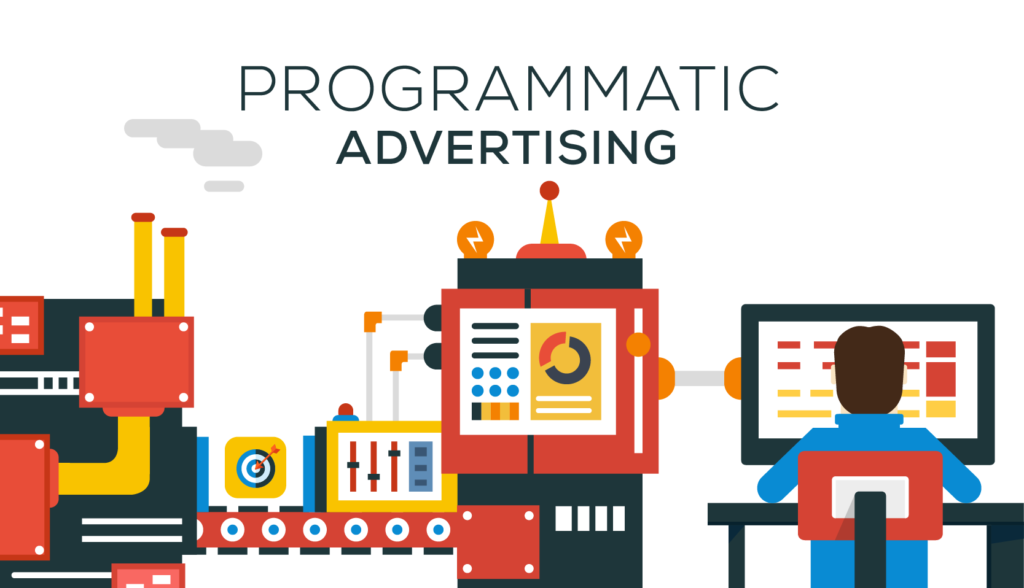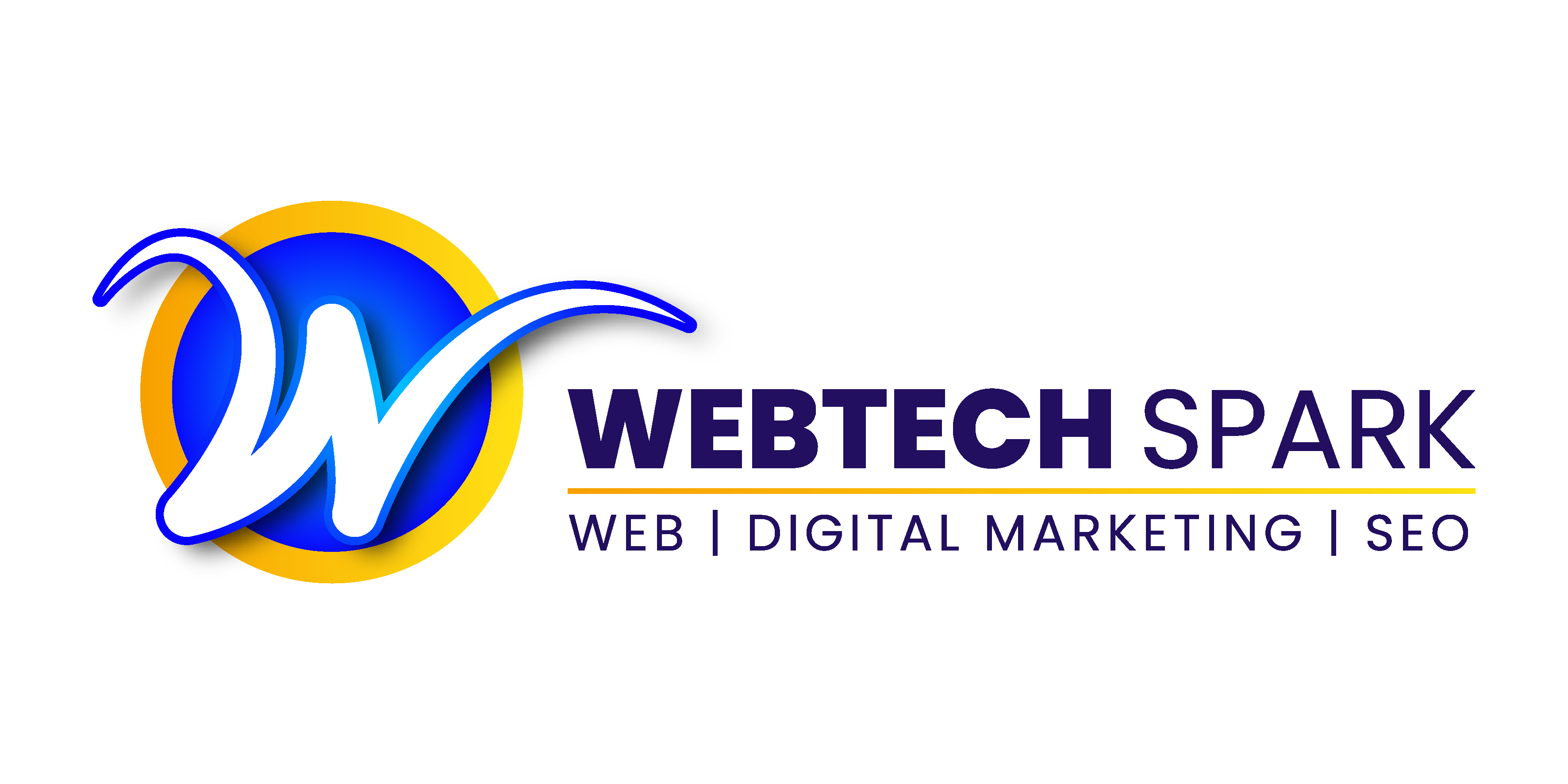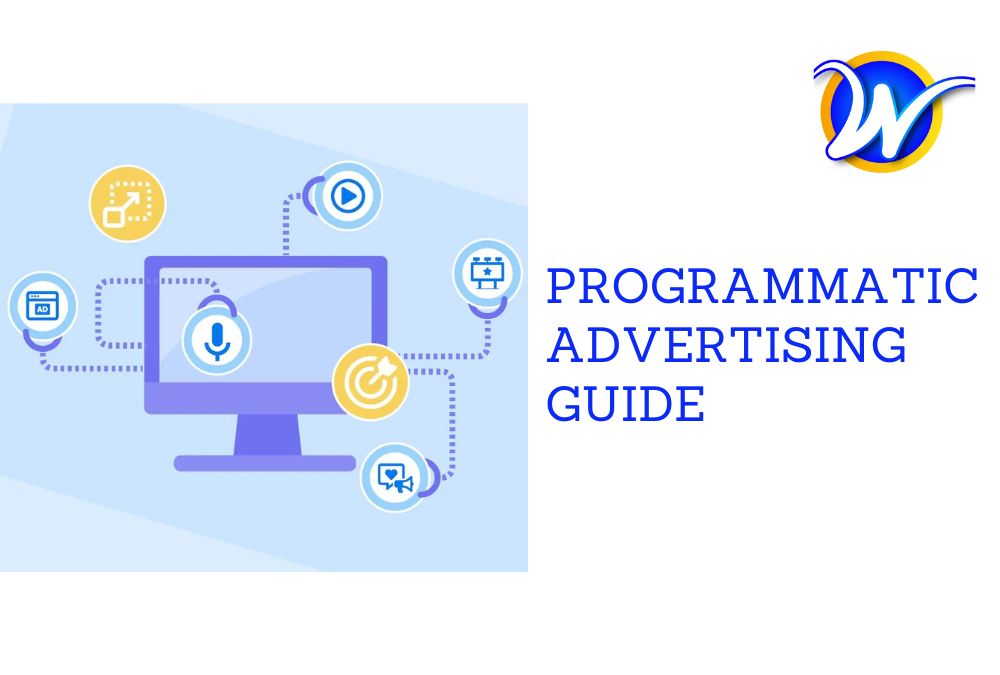The digital advertising landscape is changing rapidly and throwing new acronyms. But what if these terms like “programmatic advertising” make you feel a bit uncomfortable? This term literally stands for smarter and faster buying and selling online ad space and in a way, it is becoming more common. So, the first thing you need to be aware of before getting caught in an advertising automation and strategies is that let me just take you through this mystery with your very own guide.
What is Programmatic Advertising?
Imagine an automated stock exchange for online ads. Advertisers (think companies promoting their products) bid on ad space across websites, apps, and other platforms, competing for impressions (when someone sees your ad) based on criteria they set. This dynamic auction occurs in milliseconds, with algorithms analyzing audience data and site quality to match the right ad to the right person at the right time. This efficiency and precision are what make programmatic advertising so appealing.
Why Choose Programmatic?
Think of it like this: traditional advertising was like buying newspaper space blindly, hoping your target audience was reading. Programmatic lets you tailor your ads to specific demographics, interests, and online behavior, ensuring they reach the most relevant potential customers. This targeted approach translates to:
- Increased Efficiency: No more wasted ad spend on irrelevant eyeballs.
- Greater Reach: Access millions of websites and apps through automated platforms.
- Enhanced Targeting: Reach your ideal audience with laser precision.
- Real-time Optimization: Algorithms constantly adjust bids and placements for optimal results.
- Measurable Results: Track performance in detail and adjust your strategy based on data.

Key Players in the Game
Let’s meet the main characters in the programmatic play:
- Demand-Side Platform (DSP): Your control center, where you set campaign goals, target audiences, and manage budgets.
- Supply-Side Platform (SSP): Represents publishers selling ad space on their websites or apps.
- Ad Exchange: The digital marketplace where DSPs and SSPs connect for real-time ad auctions.
- Data Management Platform (DMP): Stores and analyzes audience data to inform targeting decisions.
Understanding the Jargon
Don’t get bogged down by the abbreviations. Here are some key terms to know:
- RTB (Real-Time Bidding): The core auction process where bids are placed and impressions are won.
- PMP (Private Marketplace): Exclusive deals with specific publishers for guaranteed ad placements.
- Targeting Options: Demographics, interests, keywords, behavioral data, etc.
- Impressions: Every time your ad is seen.
- Clicks: When someone clicks on your ad.
- Conversions: When someone takes a desired action (e.g., purchase, sign-up).
Getting Started with Programmatic Advertising
Ready to dip your toes in the programmatic pool? Here are some practical steps:
- Define your goals and target audience: What do you want to achieve with your campaign? Who are you trying to reach?
- Set a budget: Determine how much you’re willing to spend.
- Choose a DSP: Consider your campaign complexity and budget when selecting a platform.
- Build your campaign: Define targeting criteria, ad formats, and bidding strategies.
- Monitor and optimize: Track performance and adjust your campaign elements for better results.
Read Also: Marketing ROI: Definition and How to Measure It
Remember
Programmatic advertising should not be seen as a solution in itself. It involves scheduling, digging in (research, tools selection and exercise iteration | optimization)
Begin with the grassroots approach towards the few things which actually works for your brand and fans.
It is a wise decision to avail a programmatic agency’s service as they are experienced and, in particular, for the complicated campaigns.
The Future of Programmatic:
With the advancement in technology, programmatic advertising methods will remain to move up as not only sophisticated but also data-driven. The future will be plagued with technical advancements such as improved targeting, specific ads experiences, and AI possessing optimization. For instance, today’s knowledge of the fundamentals of programmatic advertising gives you the advantage of making use of the advert format for better attention in an email. However, the overly changing digital landscape keeps on challenging the marketers every day.
Bonus Tip: Search for educational materials and industry sites in order to know more than before. Note down that the more you will be learning, accordingly, the more likely programmatic will be effective.
Conclusion
This guide is just the beginning of your programmatic advertising adventure. So, keep learning, experiment, and watch your brand reach new heights with the power of targeted advertising. You can also consult with a programmatic advertising agency to achieve your goals.



